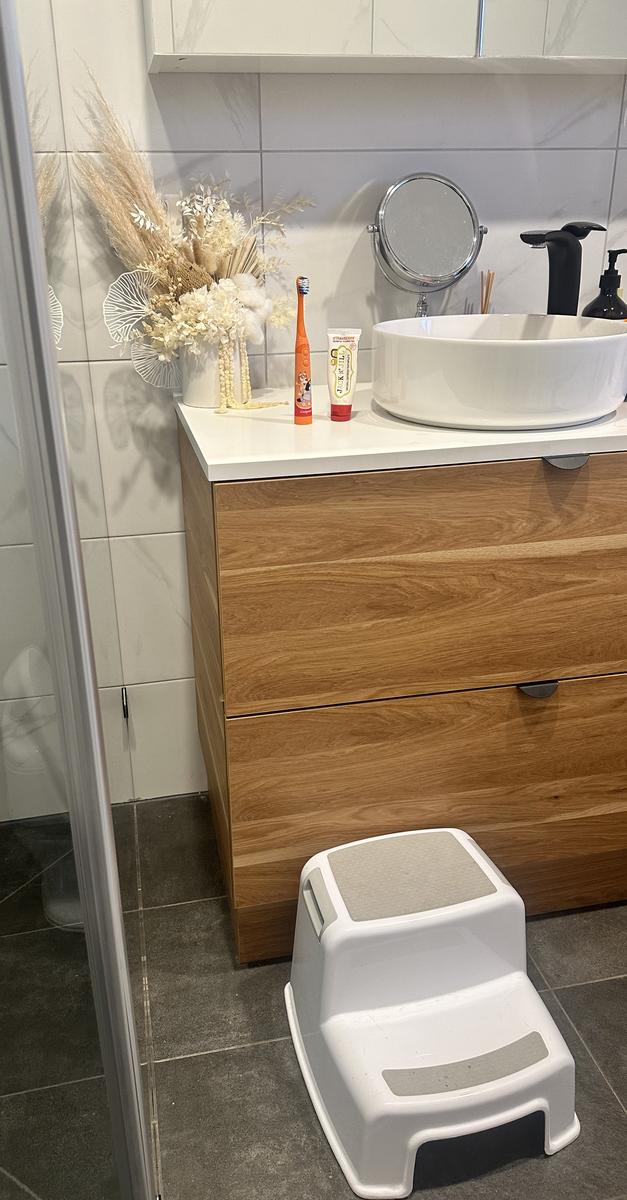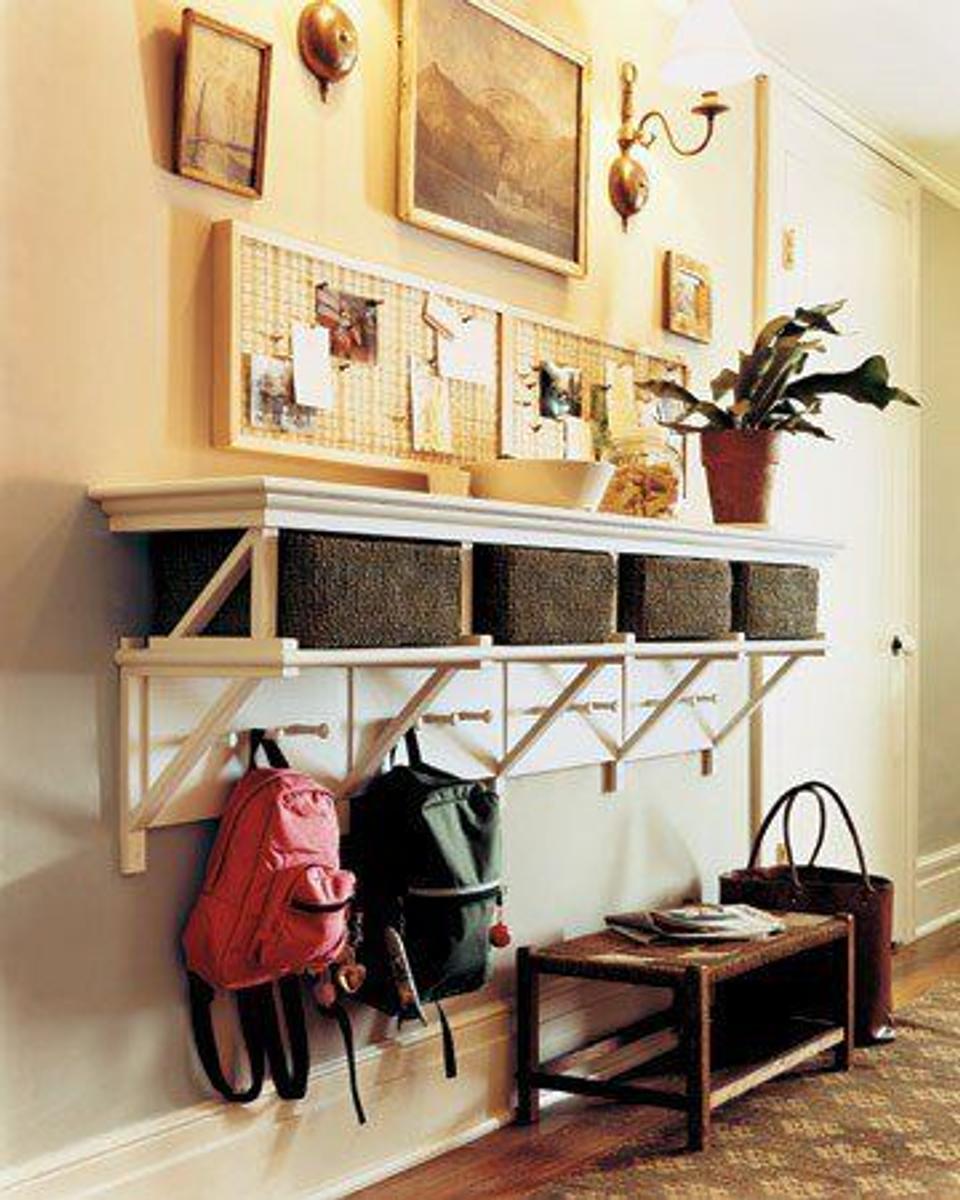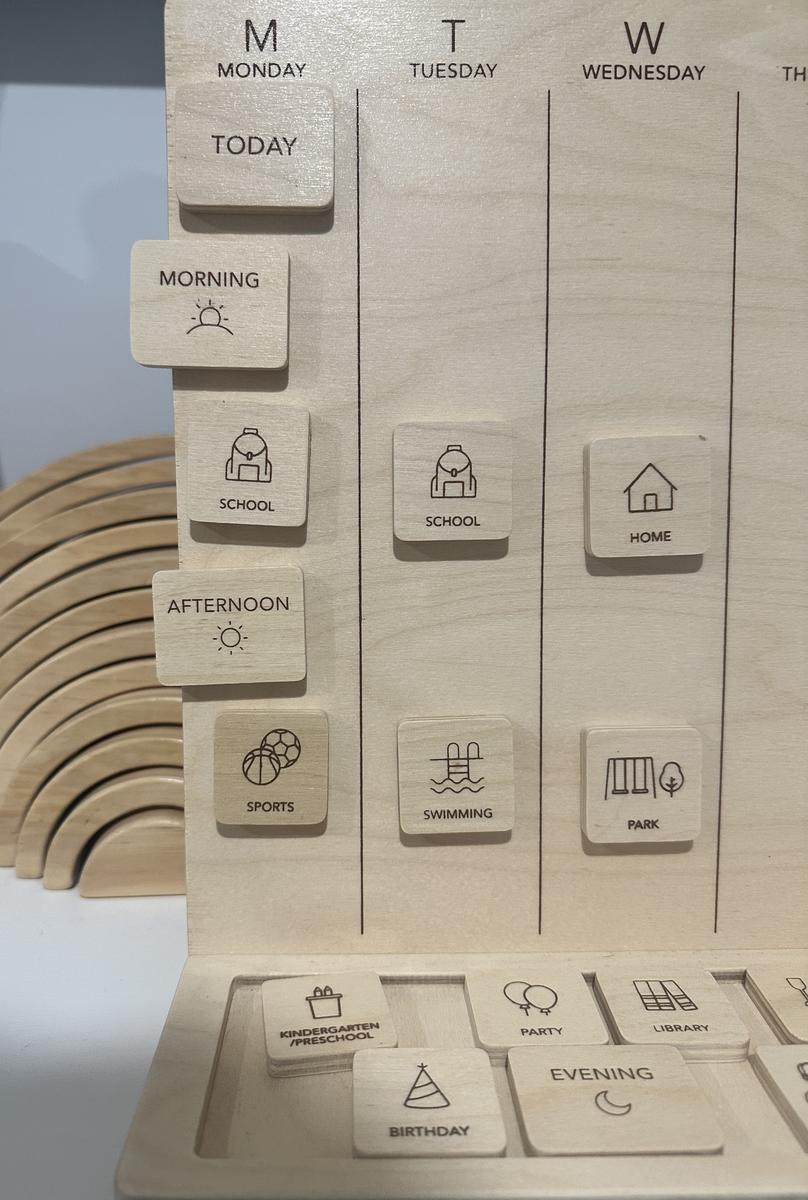Wellbeing
Womijeka from Alex (Assistant Principal: Wellbeing Leader) and Stacey (Welfare Leader)

Wellbeing
Womijeka from Alex (Assistant Principal: Wellbeing Leader) and Stacey (Welfare Leader)
Your Wellbeing Team






School Readiness: Ways you can support this at home
How your child enters the school gate is a strong indicator of the expected level of success for the day. We all wake up in different moods or with varied energy levels that we need to manage. If our children's emotional and physical needs are not met, their body moves into a state of unbalance and has a direct impact on their readiness for school and learning.
Routines are predictable, safe and trusted processes to be used to bring balance back to stressful or challenged minds and bodies. Simple things can help our children regulate and prepare themselves for optimum performance each day and this begins with the routines we have at home.








Routines in the home
When a child feels safe and comfortable they have the ability to focus their energy on the task at hand. It allows them to know what is expected of them, know what is coming and will help them to develop independence and feel success. Successful routines and processes at home set children up for success at school.
Ways in which you could do this at home include having a clear morning routine and an afternoon/night routine, providing an environment where you complete tasks together, gradually building independence in achieving tasks by themselves.
In the classroom setting, visual prompts are used to help support learning routines. You could use visual pictures or drawings at home in a checklist to clearly point out the steps your child needs to take to complete their morning routine or their bedtime routine.
Below are some examples of ways that you can support your child at home in routine:
If you are not already using some of these routines, they me helpful if you are finding challenges in getting your child school ready. Small changes such as these can to your home routines to help support your child's developing independence also. Some children rely on and need routine more than others.





